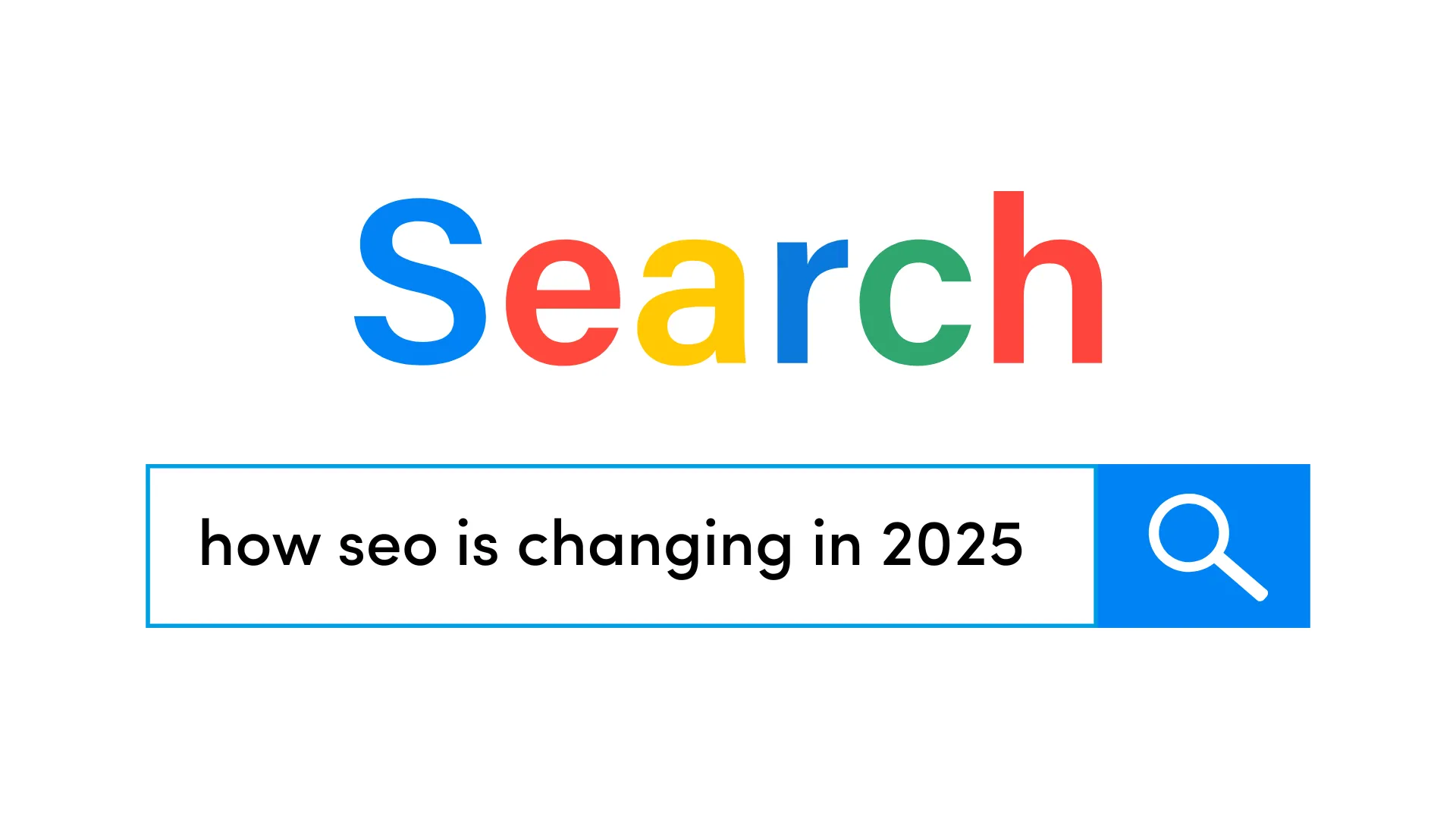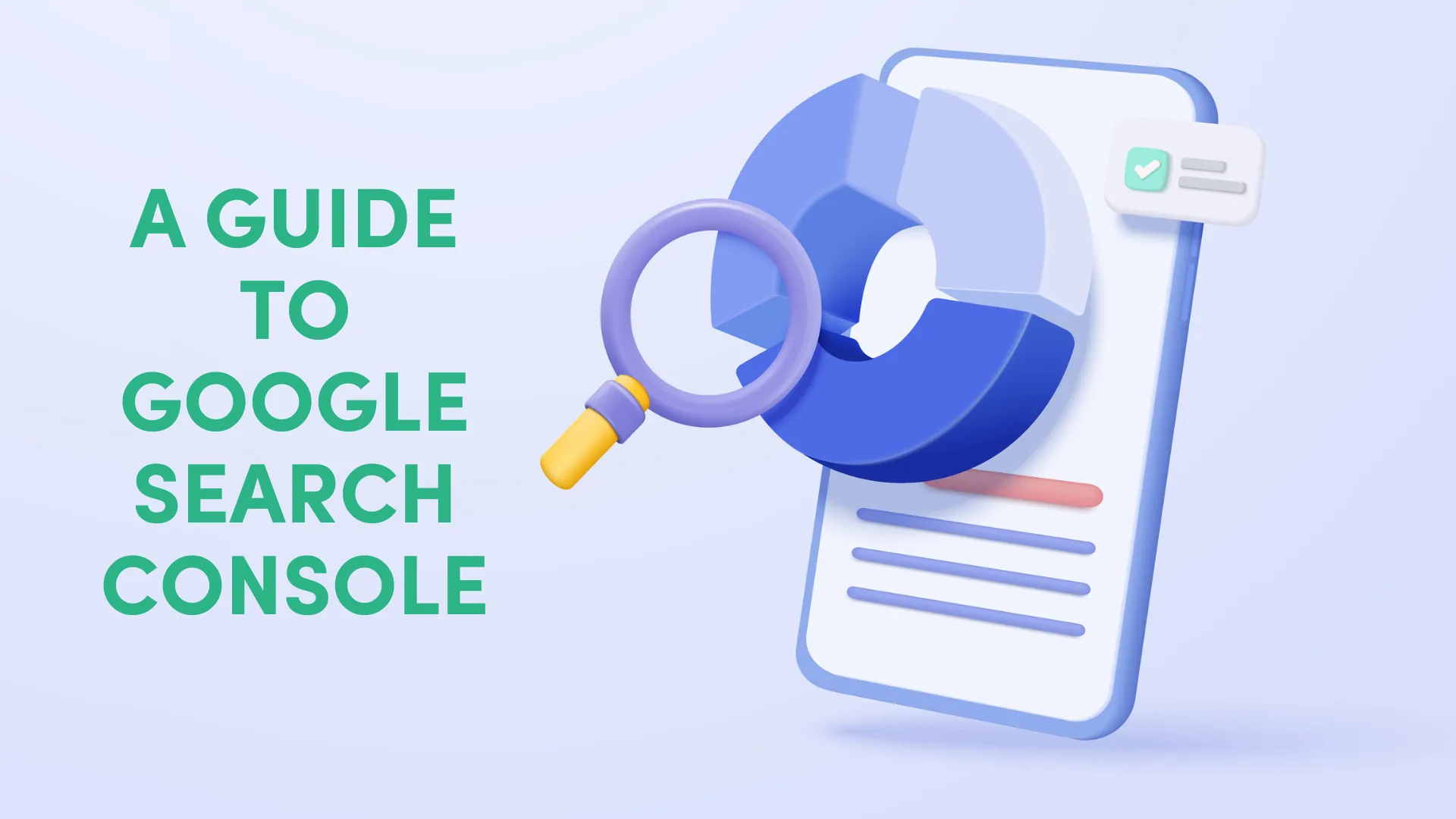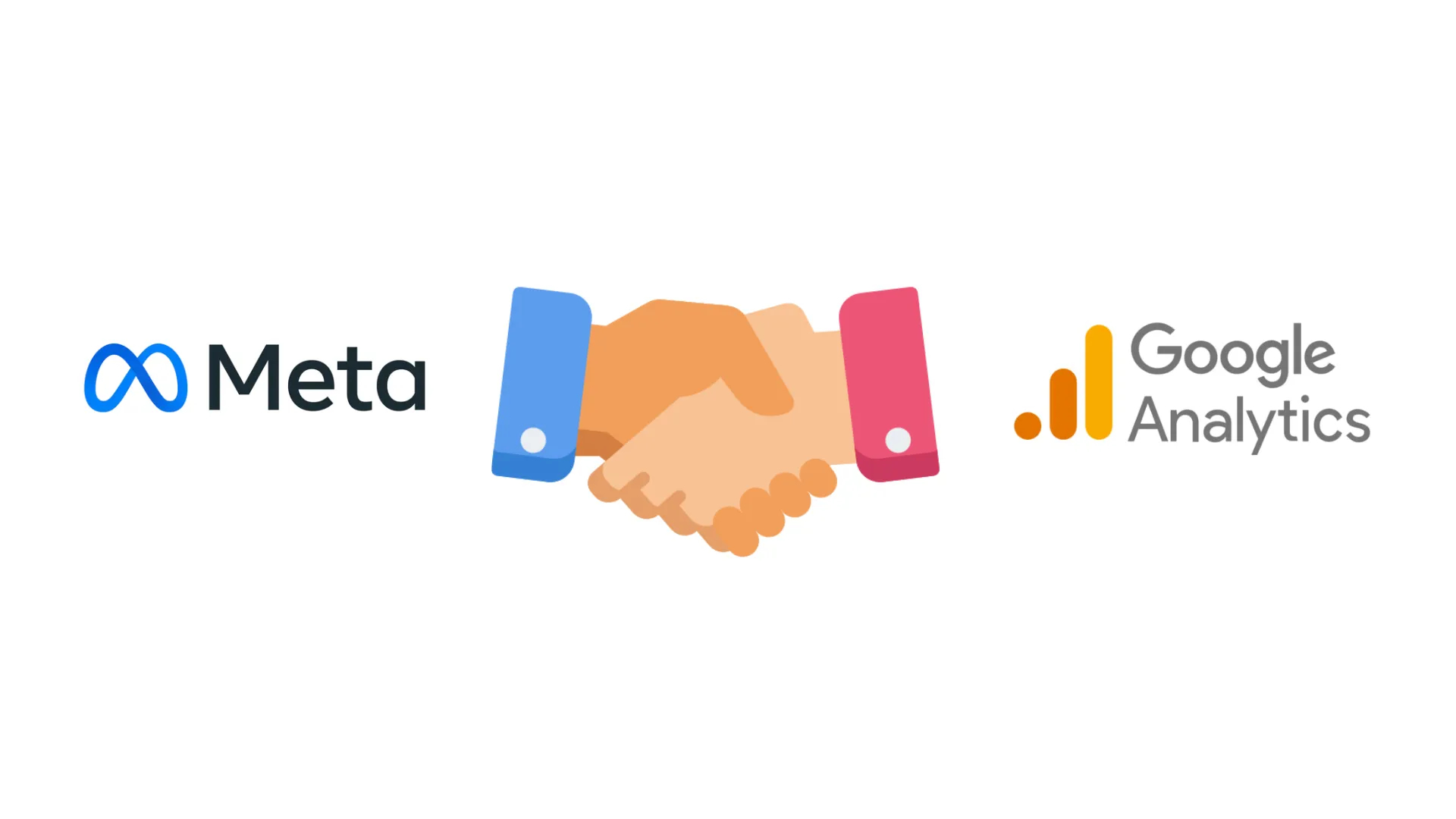We’ve seen it many times before. A campaign launches on Meta or Google. The creative looks schmick. The ad set enters the learning phase… and then, crickets. The client starts to worry. No leads, no sales and soon we’re hearing:
“Meta must have changed something — my cost per result has increased.”
“The creative isn’t working.”
“Something’s changed in the algorithm.”
It’s easy to panic when performance drops. And even easier to point fingers at the platforms.
But more often than not – it’s not the creative. It’s not the algorithm. It’s the offer.
Algorithms deliver impressions. People deliver results.
When we look at what separates high-performing campaigns from the ones that crash and burn, it’s not the campaign structure. It’s not the targeting. And it’s definitely not the algorithm.
It’s the strength of the offer.
The businesses that win with ads obsess over:
- Solving real, specific problems
- Creating scroll-stopping, value-driven creatives
- Messaging that hits emotional pain points
- Systems that turn attention into action
And they do this consistently – not just when results dip.
Yes, platforms evolve. Yes, targeting tools change. But human behaviour stays the same. People still buy based on need, clarity, emotion and urgency.
The truth about why ads fail
Most businesses treat ads like cold outreach. They launch a few campaigns, see no immediate results and assume the platform is not for them.
Then they retreat to low-leverage methods like cold emails, cold calls or posting endlessly on social media hoping someone bites.
But here’s what’s really happening:
- They’re not failing because the CPM is too high.
- They’re failing because nobody wants what they’re offering.
Let’s look at a real-life example:
Client: Engine Parts Manufacturer (eCommerce)
Old approach: “High quality, reliable engine parts”
New approach: “P5AT cylinder head warped? We stock ready-to-ship replacements that solve the issue – no machining needed.”
Result: 3x higher conversion rate. Why? Because we didn’t lead with what the product is – we led with the specific problem it solves.
Instead of talking about “quality,” we addressed the real-world issue mechanics face – a warped head on a common engine – and positioned our client as the fast, ready solution. It’s specific, relevant and high-urgency.
How do you sell the right way online?
1. A Damn Good Offer
If your offer isn’t:
- Unique (not just “better,” but different)
- Clear (if they have to think, you’ve already lost)
- High value (you can only charge a fraction of the value you provide.
…it won’t work.
If your service helps a company save or make $100k, your pricing should reflect that. Don’t undersell a good offer. But more importantly – make the value obvious.
2. Simplicity Over Complexity
Keep It Simple, Stupid!
Winning ads aren’t built with overcomplicated setups. Our highest-converting ads almost always have these three things:
- A clear pain point
- A compelling, specific promise
- A creative that stops the scroll
That’s it. If you can nail those three things, the algorithm will reward you.
3. Relentless Follow-Up
This is where most businesses leave money on the table. They generate a lead and then… nothing.
If you’re not following up at least eight times, you’re wasting ad spend.
Effective follow-up systems include:
- Automated email sequences (these are absolute king at the moment)
- Text message reminders
- Retargeting ads
- A real person calling to close the deal
Social media is noisy. Competition is high. And yes, things change all the time. But the core principle of marketing hasn’t changed at all: People buy things they want, from people who understand them.
So before you go blaming the algorithm – look at your offer. Improve your message. Make something people actually care about.
Do that and the algorithm won’t be your enemy. It’ll be your amplifier.

For years, SEO strategies have revolved around keywords. The approach was simple: identify the terms people were searching for, create pages that matched them and optimise around [...]

Email marketing may just be the most important element of your digital marketing strategy right now. In an age of endless digital channels, it’s easy to get [...]

If you’re new to Google Search Console (GSC), it might seem overwhelming at first. The dashboards, graphs and technical jargon can be intimidating. But once you get [...]

In a world where marketers battle for every second of audience attention, Labubu – a quirky character from Pop Mart’s “Monster” series - has done the seemingly [...]

Social media marketing is full of outdated advice, bad habits and half-truths that get repeated so often they start to sound like facts. But just because you’ve heard [...]

In our last article, we tackled a common misconception in digital advertising: Ads don’t fail because of the algorithm - they fail because of the offer. The [...]

We’ve seen it many times before. A campaign launches on Meta or Google. The creative looks schmick. The ad set enters the learning phase… and then, crickets. [...]

With the release of Google AI Overviews, we were left wondering what will become of Google Ads. If AI Overviews sit at the top of search results, [...]

For years, SEO strategies have revolved around keywords. The approach was simple: identify the terms people were searching for, create pages that matched them and optimise around [...]

After launching a small-scale test of ads on Threads in January (limited to select brands in the U.S. and Japan), Meta has now opened Threads ads to [...]

Email marketing may just be the most important element of your digital marketing strategy right now. In an age of endless digital channels, it’s easy to get [...]

If you’re new to Google Search Console (GSC), it might seem overwhelming at first. The dashboards, graphs and technical jargon can be intimidating. But once you get [...]

The integration we’ve been waiting for is finally here! Meta has introduced a groundbreaking connection with Google Analytics, enabling advertisers to link their Google Analytics properties to [...]

